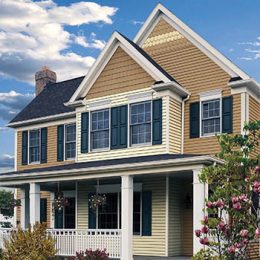There are many benefits to having an energy-efficient outdoor shop or barn. Aside from saving energy, an efficient outdoor building can keep the environment around your structure healthy and safe; save money on your water bill; keep your animals happier and healthier; and save you from costly structural repairs.
Whether you are looking to build a new structure or make changes to an existing one, there are many ways you can make your outdoor shop or barn more energy efficient.
Are you planning to build a new structure on your property? Follow these tips to achieve energy efficiency:
- Location matters. If possible, carefully consider where you build your shop or barn. Consider drainage, sun exposure and how the building may affect your neighbors.
- Start with a sustainable design plan. According to the U.S. General Services Administration, sustainable design plans aim to: use environmentally preferable products; protect and conserve water; improve indoor air quality; and enhance operational and maintenance practices.
- If you are hiring a contractor to help build your structure, make sure you look for a company that specializes in environmentally conscious designs and energy-efficient practices.
- Choose efficient building methods. Pole barns offer reliable shelter without costly excavation, concrete foundations or general site disruption.
Follow these tips to make energy-efficient upgrades to an existing structure:
- Replace indoor lighting with energy-efficient LED bulbs.
- Ensure your existing structure has adequate insulation levels.
- Choose outdoor lighting designed to be energy efficient and install motion detectors to reduce energy consumption.
- Plant trees around your metal shed or barn. In colder climates, trees act as a windbreak, and in warmer climates, trees have a natural cooling effect that can reduce temperatures in your metal building by 3–6 degrees.
- Consider adding a ceiling fan to circulate air. Typically, there is a 2-degree temperature increase for every one-foot increase in ceiling height. A ceiling fan can help keep warm air close to the ground in the winter and circulate fresher, cooler air in the summer. Not only will this help with energy costs, but it will also help keep the air in the building from becoming hot and stagnant, which will keep harmful bacteria from building up and will keep insects at bay.
GARRETT KEISER is the certified energy advisor at Heartland REMC




